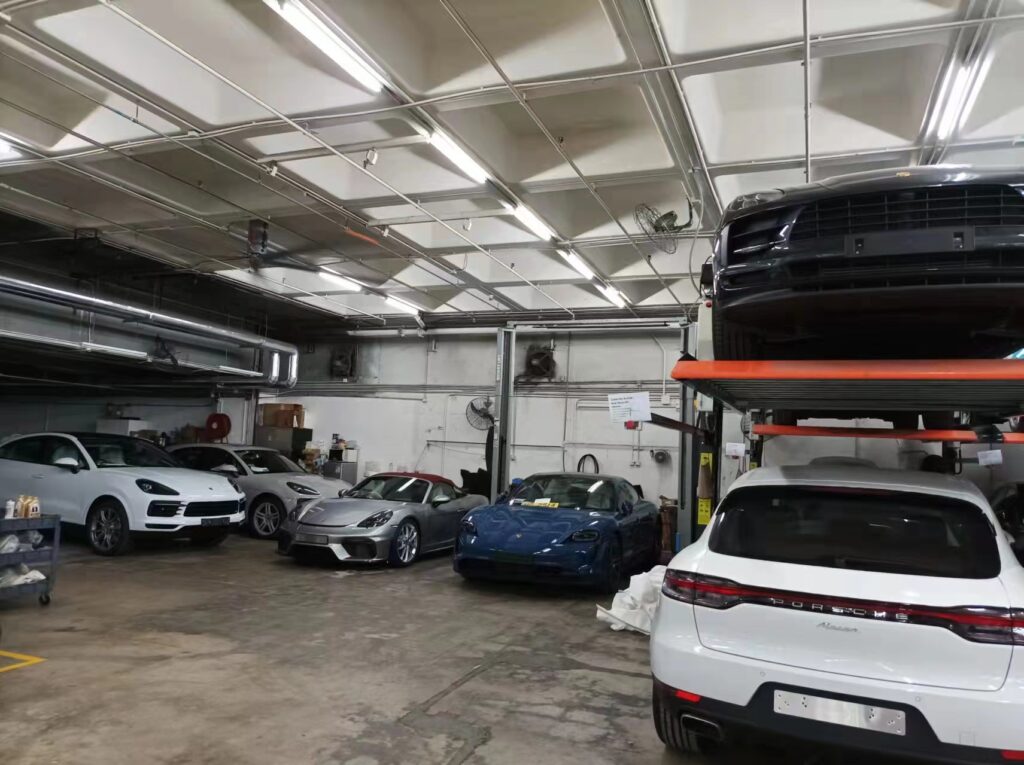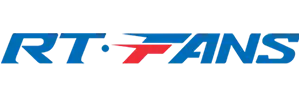The supply chain needs the presence of warehouses, which transform into hostile environments during the summer season, where heat lowers productivity. Large rooms, metal roofs which reflect heat and which have minimal insulation, can cause the temperature to soar to over 90°F (32 °C), resulting in exhaustion and errors on the behalf of employees. This not only paralyzes business, but it also incurs millions of dollars in lost efficiencies in business. Industrial ceiling fans (especially the HVLS) are one of the most effective and low-cost systems of combating summer heat in warehouses and protecting the productivity of workers. Such fans are linked to the ROI within 18-24 months of time and improved safety and morale because of the establishment of mass air flow, perceived temperatures being lower by 5-10, and reduction of HVAC spending by 20-30 percent. Moving forward on the issues, solutions for fans, benefits of productivity, saving on cost, additional benefits, and Frequently Asked Questions.
The Problem: Why Warehouses Overheat in Summer

The heating requirements of warehouses are special in summer, increasing the influence on the process.
Why Warehouses Overheat
Large warehouses (50,000 sqft and more) have roofs made of metal, which are poorly insulated, and as a result, solar heat is trapped in warehouses and hence is an oven. There is a tendency for hot air to enter the building because of the doors opening to loading docks and internal heating by machinery and forklifts. The temperature can go beyond 100°F (38 °C), which is far beyond the suggested moderate temperature at work, 80°F (27 °C) to OSHA. This creates the need for summer warehouse heat solutions, as the slight motion of air forms the moisture and contaminants, trapping them, worsening the situation.
Impact of Heat Stress on Workers
More errors: An individual experiences increased errors due to the heat stress, fatigue, dizziness, and loss of concentration, and this leads to a higher error rate in manual work of picking and packing goods by up to 20% of the rate when no stress is experienced. According to the OSHA recommendations, the longer the use is done above 85 degrees Fahrenheit (29 degrees Celsius), the higher the risk of accidents by 30 percent, including slips caused by heat or dehydration. This applies in logistics, where throughput decreases- studies have shown that productivity is decreased by 2 percent due to an increase in temperatures above 77 degrees Fahrenheit (25 degrees Celsius). It could cost a 100-worker warehouse between 50000 and 100000 annual lost time and error.

Cost of Lost Productivity in Logistics Centers
Labor analytics state that the heat-related absences in fulfillment centers rise by 15 percent throughout the summer. Late shipments are a negative aspect to the customers and overtime overload to meet quotas is an unwanted additional cost. Overall, the cost related to large warehouses (200,000 and above per year) can reduce production by 10-25 percent due to inefficient cooling. That is why instructions about how to reduce the heat stress in warehouses are needed to ensure the security of the operations.
How Ceiling Fans Solve the Problem
HVLS ceiling fans provide scalable and efficient cooling solutions to warehouses.
HVLS Fans Create Large-Scale Airflow and Evaporative Cooling Effect
HVLS fans are available in 8-24 feet in diameter, with up to 400,000 cubic feet per minute, and 10,000-22,000 square feet per unit. The slow speed (50-100 RPM) they produce creates a fresh breeze, which encourages evaporative cooling on the skin, reducing perceived temperatures by 5-10 b°C but with no mechanical refrigeration. This is the most effective cooling option in hot warehouses because fans can be situated over aisles, where relief is required.
Distribute Cool Air Evenly, Eliminating Hot Spots
Hot spots generally occur in corners of roofs or the docks of warehouses. HVLS fans destratify the air, which means that warm air is on the upper side, and cold air is on the bottom, and so the temperature is equal. The building of 100000 sq ft can be furnished with 4-6 fans capable of dehumidifying the variances and providing comfort uniformly. This reduces the application of spot coolers, which are in unison with OSHA heat stress prevention measures.
Reduce Dependence on Costly HVAC Systems
HVLS fans can be used in conjunction with the HVAC by providing more efficient delivery of conditioned air, enabling systems to operate with less power. Fans standalone cool in non-air-conditioned warehouses; they reduce HVAC energy by 20-30 percent in conditioned warehouses. Installing HVLS fans in the warehouse ventilation fans proved when a distribution center saved 25% after they installed the fans.
Productivity Benefits
In addition to cooling, fans increase worker productivity and safety.
Lower Absenteeism and Turnover
In the summer, summer increases absences by 15%. HVLS fans minimize this through better comforting of workers as they feel important, by warehouse cooling down turnover by 10-20%. A logistics company recorded a 12-percent reduction in absenteeism following the installation of fans.
Improved Worker Accuracy, Efficiency, and Morale
Cold environments improve concentration, making mistakes 15 percent less. Fans enhance morale by providing a comfortable work station, enhancing productivity in various assignments such as inventory management. Case scenario: an e-commerce warehouse with 150,000 square feet already in place installed six HVLS fans after summer heat led to a 20 percent drop in productivity. The increase in output after the installations was 18% and the workers showed less fatigue when working in 8-hour shifts.
Cost and ROI
HVLS fans provide good economics to warehouses.
Energy Savings Compared to HVAC-Only Cooling
The HVLS fans consume less than 1.5 kW, compared to 50-200 kW of HVAC with the same coverage. Fans can conserve 4 percent of energy with every degree of thermostat increase. In the case of a 100,000-square-foot warehouse, this translates to 10,000-30,000 savings a year, according to energy standards.
Short Payback Period
Installation costs 20,000-60,000 (4-6 fans) and ROI in 12-24 months through savings in energy costs and increased productivity. The maintenance is minimal (200-500/year), and the value can last up to 15-20 years.

Additional Benefits
Fans clean up the air by 15-20 times by diluting dust and odors, which decreases respiratory problems. Destratification is 20-30% cheaper to heat during the whole year, so they are flexible to ceiling fans for the productivity of warehouse staff.
FAQ: Common Questions About Ceiling Fans in Warehouses
- Can ceiling fans really reduce heat stress in warehouses?
Yes, HVLS fans can reduce perceived temperatures by 5-10 °F of evaporative cooling, which is consistent with OSHA guidelines to avoid fatigue and errors. - Do HVLS fans work in non-air-conditioned spaces?
Definitely–HVLS fans summer heat serves independent cooling in storage warehouses without HVAC. - What’s the energy cost compared to AC?
Compared to a productivity cooling warehouses solution, HVLS fans consume 1/10th of the energy of AC to cover a similar range at a saving of 20-30 percent on bills.
Conclusion
Warehouse summer heat leads to productivity loss due to fatigue and error, but this can be addressed well by industrial ceiling fans warehouse solutions. They are vital to operations with energy savings, greater morale, and rapid ROI. Industrial ceiling fans are an option that warehouses can implement in anticipation of a summer heat attack to conserve cost, protect employees, and sustain productivity throughout the peak season. RTFANS is a 20+ year-old company providing customized HVLS fans to your warehouse. Let us help you beat the heat today and increase efficiency- your team needs it.
